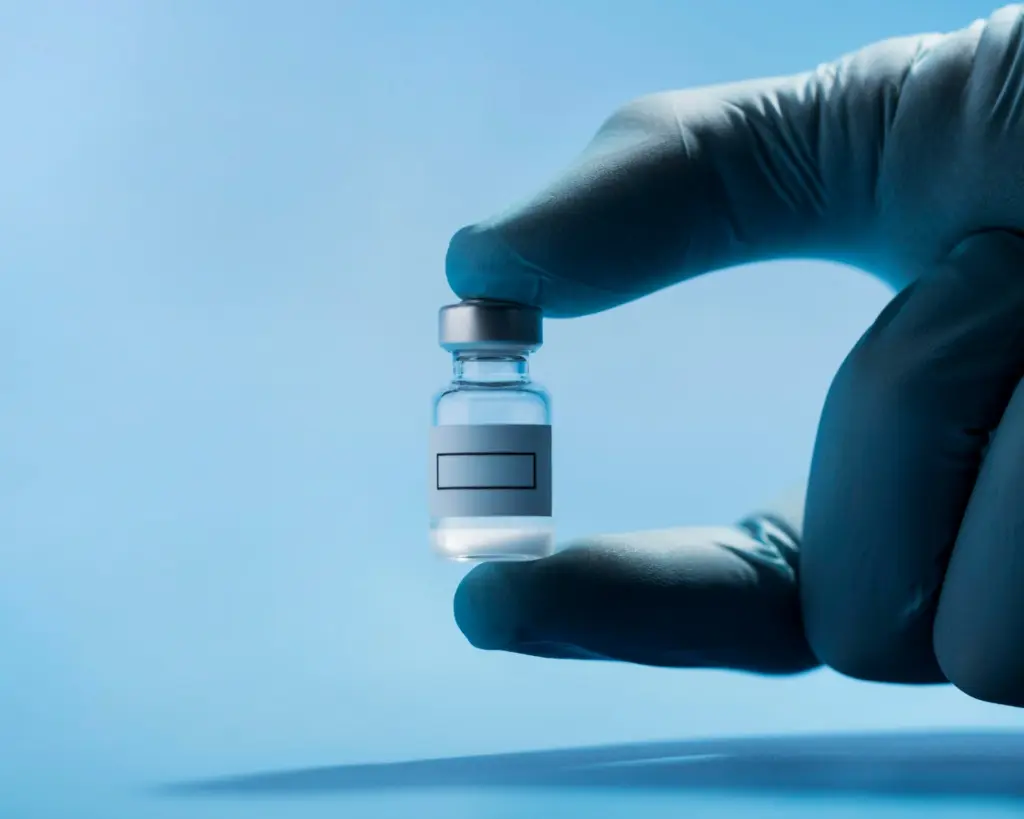BPC-157 Side Effects, Safety, and Precautions: What You Should Know
BPC-157 has gained attention in recent years among athletes, bodybuilders, and people recovering from injuries. This synthetic peptide is often praised for its potential healing properties, particularly in the repair of muscles, tendons, and ligaments.
However, despite its popularity, it’s important to know that BPC-157 is not approved for human use by the FDA or other major health authorities. Research is still limited, and while some users report benefits, others have experienced unwanted side effects.
This guide explores 13 possible side effects of BPC-157, who should avoid it, and key precautions you should take.
What Exactly is BPC-157?
BPC-157 stands for Body Protection Compound-157, a synthetic peptide originally derived from gastric juices. Early studies suggest it may:
Accelerate tissue repair
Reduce pain and inflammation
Support tendon and joint health
Interestingly, research shows BPC-157 can increase the expression of growth hormone receptors in tendon fibroblasts, which may explain its role in tendon healing.
It is usually administered through injections or oral capsules, but since it remains unregulated and unapproved, users should proceed with caution.
13 Reported Side Effects of BPC-157
Although studies on humans are still limited, some people have reported the following side effects:
Headaches – Often experienced in the first few days, usually subsiding once the body adjusts.
Swelling at Injection Site – Repeated injections may cause localized swelling or a bull’s-eye effect.
Vomiting – More common with oral capsules, likely due to digestion difficulties.
Hot Flashes – Caused by increased nitric oxide release, leading to temporary flushing.
Fatigue & Lethargy – Linked to changes in blood pressure and the body’s adjustment process.
Constipation – May occur with high-protein intake if not balanced with fiber and fluids.
Reduced Appetite – Peptide digestion may cause bloating, gas, or even stomach ulcers in some cases.
Kidney Stone Risk – Excess amino acids may increase stone formation in sensitive individuals.
Fluid Retention – Some users notice ankle or arm swelling, which usually resolves after stopping.
Raised Blood Sugar – Seen in animal studies; caution for diabetics or overweight individuals.
Receptor Involution – Possible receptor desensitization, though not fully studied.
Increased Heart Rate – More common with injections due to faster absorption.
Diarrhea – Resulting from gut imbalance when the peptide is first introduced.
Who Should Avoid BPC-157?
Certain groups are at higher risk of complications and should avoid BPC-157 altogether:
Pregnant or breastfeeding women
People with kidney disease
Patients with heart conditions
Individuals with diabetes or obesity
Anyone on prescription medications without medical clearance
Safety Precautions
If you are considering BPC-157, keep the following in mind:
Avoid during pregnancy or breastfeeding – Potential toxicity for infants.
Consult your doctor if you have kidney or heart issues – BPC-157 may worsen these conditions.
Monitor blood pressure and heart rate – Especially if you have cardiovascular risk.
Stay hydrated and eat fiber-rich foods – To prevent constipation and digestive issues.
How Long Does BPC-157 Last?
The effects vary depending on dose, frequency, and the individual’s metabolism. Typically, results last from a few hours to a full day. Some users take it daily, while others prefer cycling or intermittent use.
Frequently Asked Questions (FAQ) About BPC-157
1. Is BPC-157 safe for humans?
Currently, BPC-157 is not FDA-approved for human use. While some animal studies show promise, its safety profile in humans has not been fully established.
2. Can BPC-157 help with joint pain?
Many users report reduced joint pain and faster tendon recovery with BPC-157. However, because human trials are limited, it should not be considered a guaranteed treatment.
3. How is BPC-157 usually taken?
BPC-157 is available as an injectable or in oral capsule form. Injections tend to act faster, while oral forms may take longer to show results.
4. Is BPC-157 legal to buy?
BPC-157 is sold online as a research chemical. Its legality depends on your country’s laws, but it is generally not approved for medical or dietary use.
5. Does BPC-157 have long-term side effects?
Long-term effects are still unknown. Some users report headaches, digestive issues, and changes in blood pressure. More clinical research is needed before long-term safety can be confirmed.
6. Who should avoid BPC-157 the most?
Pregnant women, breastfeeding mothers, people with kidney disease, heart conditions, or diabetes should not use BPC-157 due to possible risks.
Final Thoughts
BPC-157 is an intriguing peptide that shows potential for faster healing, pain relief, and muscle recovery. Yet, it comes with risks that shouldn’t be ignored. The lack of regulatory approval means its long-term safety remains uncertain.
If you’re considering trying BPC-157, make sure to:
Consult a healthcare professional first
Start with caution and monitor your body’s response
Avoid use if you fall into high-risk groups
Ultimately, the decision to use BPC-157 should be based on weighing potential benefits against possible side effects.
You can also read: Understanding blood sugar level
